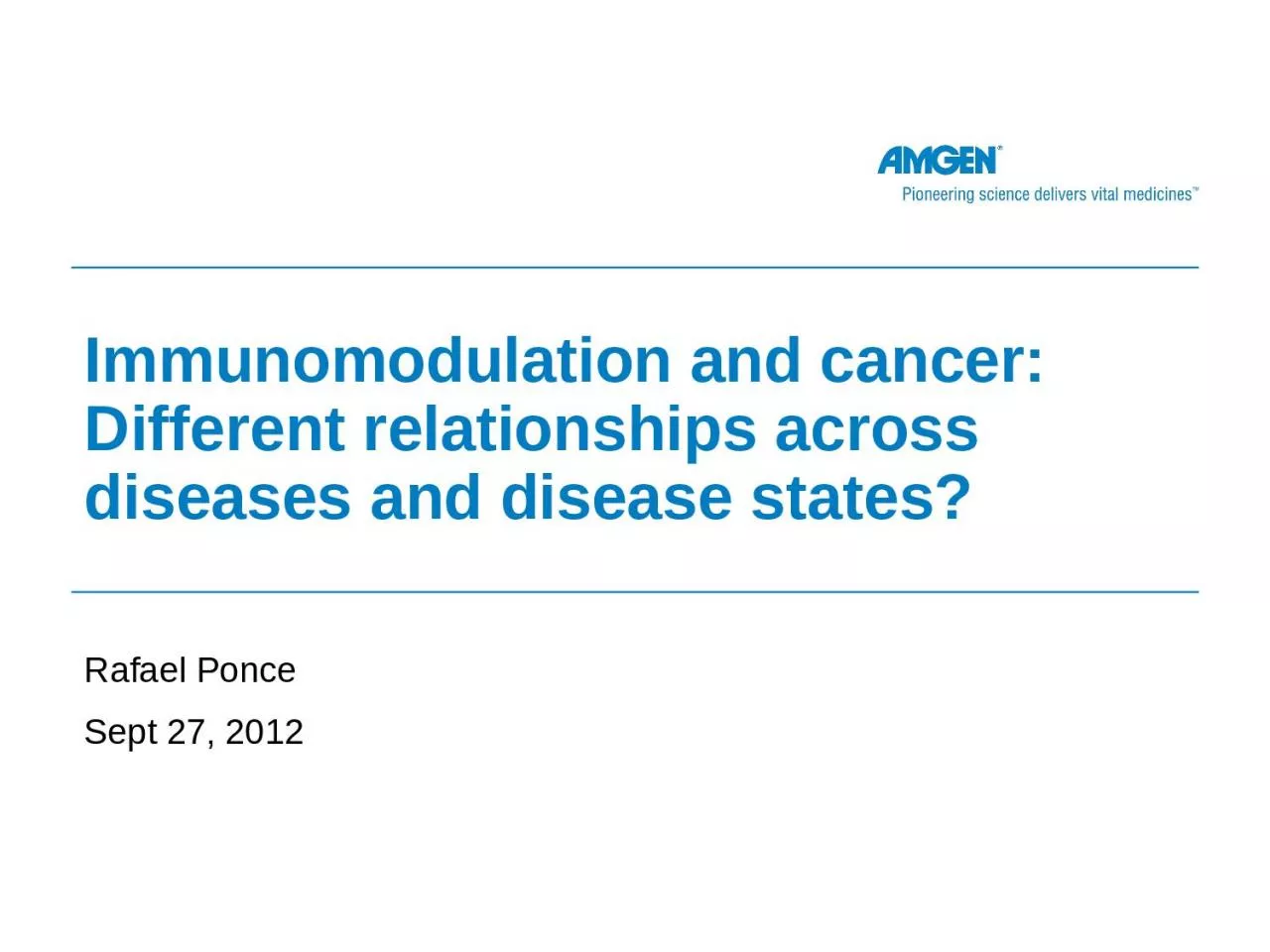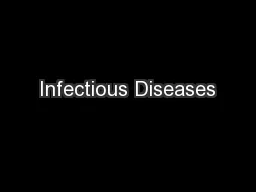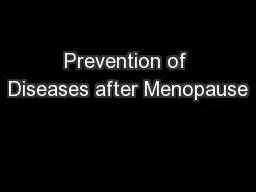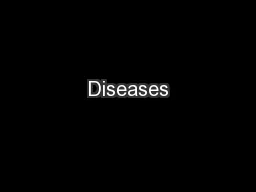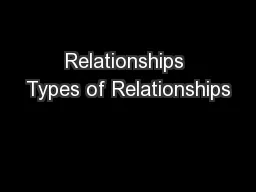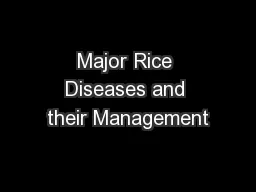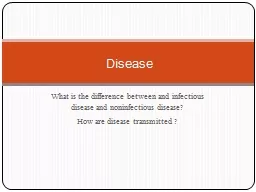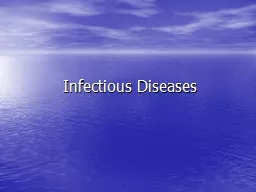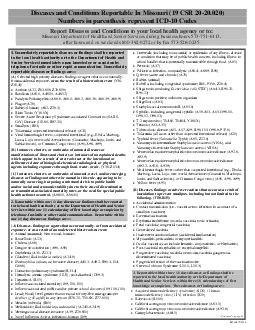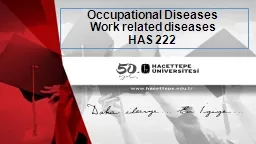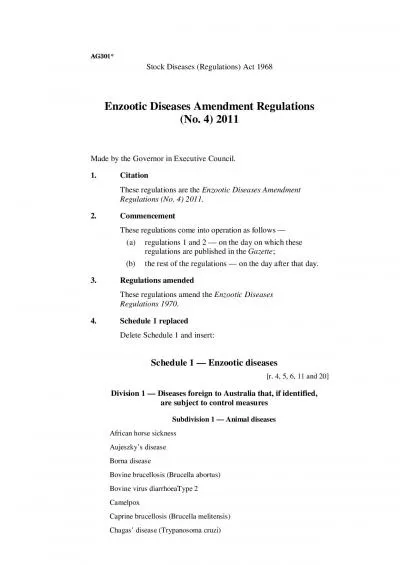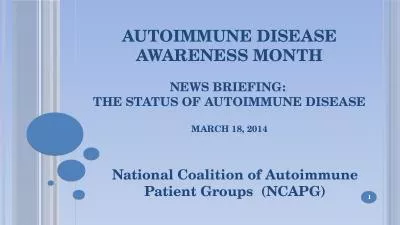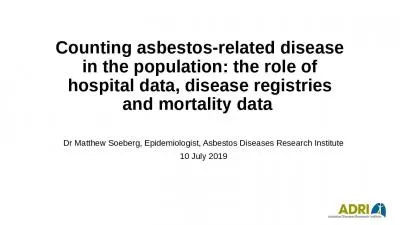PPT-Immunomodulation and cancer: Different relationships across diseases and disease states?
Author : lucinda | Published Date : 2022-06-08
Rafael Ponce Sept 27 2012 Immune function Tumor Inflammation immune activation Used by host to eliminate malignant cells immunosurveillance Used by tumor to create
Presentation Embed Code
Download Presentation
Download Presentation The PPT/PDF document "Immunomodulation and cancer: Different r..." is the property of its rightful owner. Permission is granted to download and print the materials on this website for personal, non-commercial use only, and to display it on your personal computer provided you do not modify the materials and that you retain all copyright notices contained in the materials. By downloading content from our website, you accept the terms of this agreement.
Immunomodulation and cancer: Different relationships across diseases and disease states?: Transcript
Download Rules Of Document
"Immunomodulation and cancer: Different relationships across diseases and disease states?"The content belongs to its owner. You may download and print it for personal use, without modification, and keep all copyright notices. By downloading, you agree to these terms.
Related Documents

